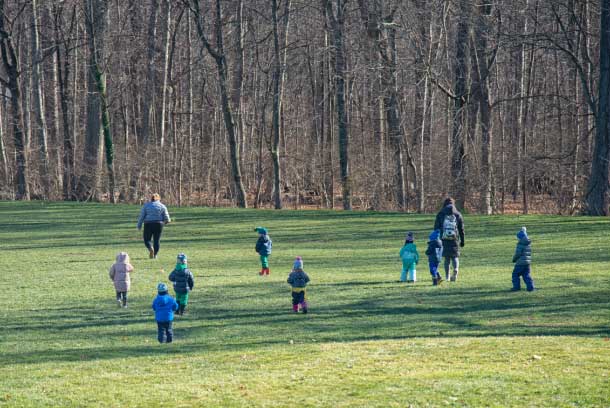Often missed, overlooked or lumped in with adolescence, the tween years are a key to the long-term health of our kids, a set up for the tricky teen years and beyond. It’s because of the neurological explosion occurring during these volatile years as tweens transition into and through middle school. It is brain growth that rivals the first years of their life. If we understand what’s happening with our tween—and how it affects us and our behaviors—we can help them develop in ways that will keep them healthy in body, mind and spirit, with the resilience and emotional strength they need to counter the mental health challenges that envelop them as academic expectations ramp up, social media inundates them and their friendships change – sometimes with devastating effect.

It starts with emotional connection. No matter how our tween may behave, they want us to know them; they want us to care about their opinions; they want to play with us. They’re trying to get us to see them. They want a bond with us. This is emotional connection. Establishing and maintaining it is the key to parenting our tween.
How to Build Emotional Connection
Emotional Connection consists of these four pillars.
PILLAR 1: I SEE YOU. I see you is listening and understanding our tween’s perspective. It means putting time and our perspective aside to hear them and their thoughts.
HOW DO WE DO IT? Make eye contact instead of yelling from different rooms, stop the multitasking, make time to be available. Tone and body language matter. Be curious: Ask multiple choice, this, or that, or correct-me-if-I’m wrong questions to help probe their thinking.
PILLAR 2: I WANT TO KNOW YOU. This is a deeper dive into their felt experiences. We learn about how they view the world, what touches them emotionally and how they cope with the world around them.
HOW DO WE DO IT? There are two ways: 1) Practice the behaviors and emotional expression we want our kids to emulate. They will copy what they see in us. 2) Help them name, express and regulate their emotions. We can talk about feelings by name, and teach them to scale emotional intensity: 1 to 3 is mild, 4 to 6 is more moderate and 7 to 10 is for the big emotions. With this awareness, they can start articulating their emotions and regulating with breathing and stretching exercises, listening to calming music, walking in nature and/or journaling. When we do this stuff with them we create a feeling of safety.
PILLAR 3: I AM HERE FOR YOU. This is about helping our tween feel they are an integral part a supportive family that has their back no matter what.
HOW DO WE DO IT? Hang out as a family and with friends who are important to us. Expose them to talking about friends and family in a positive light. Show them what quality time looks like. Cultivate rituals, family traditions. Come up with inside jokes. Find joy together.
PILLAR 4: I WILL KEEP YOU SAFE. Boundaries and consequences hold important life lessons. They tell our kids we will not let them get into situations that will hurt them.
HOW DO WE DO IT? We communicate boundaries when we are calm and in a good place with our tween, rather than in a moment of anger. Then we follow through with consequences when the boundary is broken. Natural consequences are our best friends. Start with one or two boundaries; too many become overwhelming—for you and your tween. Note: When trying to build emotional connection, many parents start with boundaries. The problem with that is if you don’t have the first three pillars as a foundation, tweens will push harder against the boundaries rather than appreciating the boundaries are coming from a good place. The best news of all for parents of tweens is: When our kids are 9-to-12 years old, we still have a seat at the table with them, opportunities to make positive impressions on them as we prepare them for their high school and college years. No matter how they may act toward us, they care what we think and look to us for reassurance and guidance.

